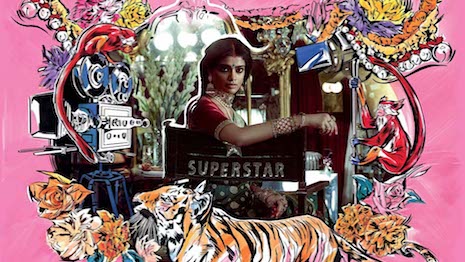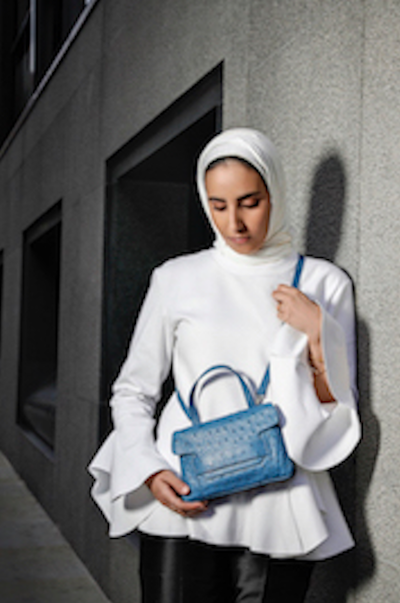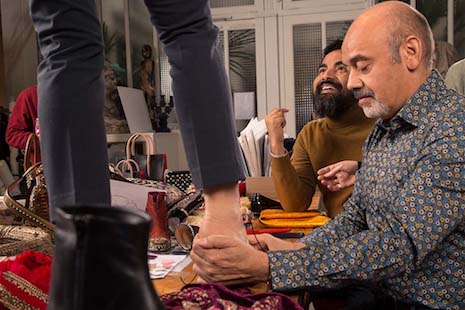 Western brands have already begun embracing these emerging markets. Image credit: Christian Louboutin
Western brands have already begun embracing these emerging markets. Image credit: Christian Louboutin
NEW YORK – China, India and the Middle East are three of the most important emerging markets for retailers today, but to truly succeed there, Western brands need to understand how to translate ideas across cultures.
Speaking at the National Retail Federation’s Big Show on Jan. 16, three executives from the three regions spoke about each market and how brands and retailers from outside that area can best tackle doing business there. A common theme is understanding what themes are universal between all people and what ideas are specifically suited for each region.
"In India, we love cricket, Bollywood and good food," said Govind Shridhar Shrikhande, customer care associate and managing director at Shoppers Stop Limited. "But we have nine religions and 22 languages.
"It is not just one country and one people," he said. "It is very diverse."
Emerging markets
In the modern world, it is not enough for western brands and retailers to remain insular.
Today’s retail world is a global village and brands can have success in countries on the other side of the planet if they use the right strategy.
Three of the biggest emerging markets today are China, India and the Middle East. Among the three of them, these regions will account for a massive amount of growth in the next few years.
Hanan Aljabr merged her first name and luxury for Hanuxe. Image courtesy of Hanan Aljabr
Each region has its own specific needs. For example, while China has seen explosive growth thanks to online shopping, the Middle East has seen a huge rise in shopping malls and other physical stores.
"There are more than 120 new malls from low end to high end in Saudi Arabia," said Marie-Helene Straus, chief officer of consumer & innovation strategies at Chalhoub Group. "Dubai has the busiest international airport in the world.
"Dubai is the second city for international retailer presence after London," she said. "Dubai welcomed 59 new brands in the past year, sustained by consumer demand and tourism."
Localization
Luxury brands have already begun expanding into these regions.
For example, Footwear designer Christian Louboutin is traveling from Paris to Kolkata, India to present an exclusive, ultra-limited-edition capsule collection for men and women.
Christian Louboutin’s latest project sees the footwear brand partner with Indian haute couture designer Sabyasachi Mukherjee, a favorite of Bollywood stars. The capsule, which marks the third collaboration between the two designers, includes one-of-a-kind and some made-to-measure styles in sari fabrics from Mr. Mukherjee’s personal collection (see story).
Similarly, Saudi Arabian leather goods brand Hanuxe is fusing Italian craftsmanship with the Middle Eastern region’s appreciation for luxury in its debut handbag collection.
Christian Louboutin with Sabyasachi Mukherjee. Image credit: Christian Louboutin, photo by Guillaume-Fandel
Hanuxe was founded by 26-year-old Hana Aljabr, who is one of a small number of up-and-coming female creatives and entrepreneurs from Saudi Arabia. Ms. Aljabr is also the only young talent from Saudi Arabia to currently be producing leather handbags that set new standards in contemporary, understated excellence (see story).
One of the most important things for western brands to understand when approaching these emerging markets is localization and translating ideas across cultures.
"As brands and retailers cross borders, they are also crossing cultures," said Susan Tang, vice president of business development and operations at Macy's China. "Shopping is cultural, and consumers in different markets behave differently and shop differently.
"We can't just assume that just by translating our product content from English to Chinese that we will be able to satisfy customers," she said. "In other words, localization is more important than just translation.
"For example, in the U.S. we call bed sizes twin size or queen size, which doesn't really mean anything in China," she said. "You can't call something 'Pigeon Gray' because nobody sees pigeons in China."


